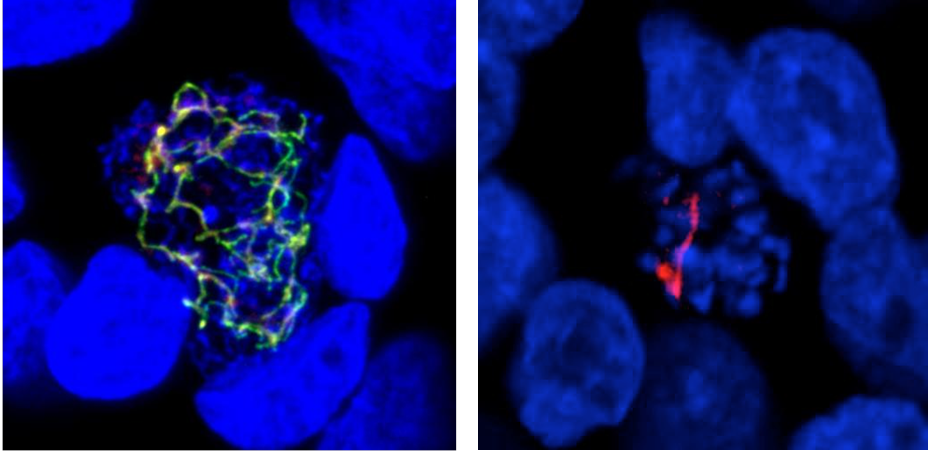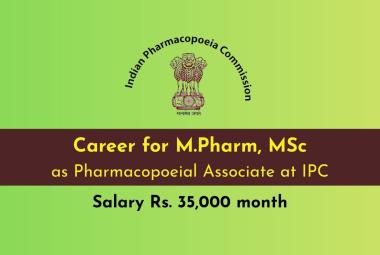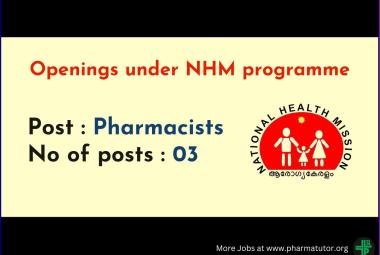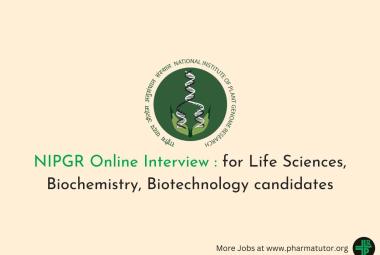The parasites responsible for malaria and toxoplasmosis depend on mechanisms inherited from the plant world. This is what a team of researchers from CNRS and the University of Melbourne has shown. They have just published two studies in Cell Microbiology and PLOS Pathogens. This discovery is a major advance for the development of new therapeutic targets for these parasites, which have such substantial public health consequences.
[adsense:336x280:8701650588]
Apicomplexa are a group of parasites responsible for serious diseases in humans, such as malaria and toxoplasmosis. The parasites responsible for these two diseases infect several thousands of millions of people each year and cause death in almost one million of them (mainly children and immunosuppressed patients). The absence of an effective vaccine and the rapid emergence of strains that are resistant to multiple treatments underlines the urgent need to develop new therapeutic pathways.
Biologically, these parasites and humans share almost everything, hence the difficulty of developing effective treatments with limited side effects. But for about fifteen years, research has shown, in a surprising manner, biological characteristics in common with plants. For example, they have a compartment called the "apicoplast", a relic of a microscopic algae that these parasites' ancestors would have incorporated. In collaboration with Australian colleagues, the team of Cyrille Botté, a CNRS researcher at the Institute for Advanced Biosciences in Grenoble, has just demonstrated that one of these characteristics is essential for malaria and toxoplasmosis parasite proliferation in human cells. 
Malaria parasite inside human liver cells. On the left, the parasite is dividing normally (many small blue nuclei, in the center of the image, a red apicoplast marker, superimposed on a lipid synthesis enzyme, in green). On the right, division is blocked (fewer nuclei and apicoplasts) after the plant pathways have been inhibited (no green marking). Credit: Melanie J Shears
During some of the phases in their cycle, these parasites actively multiply, mobilizing large quantities of lipids, essential constituents of biological membranes. The team has demonstrated for the first time that the compartment of plant origin (the apicoplast) generates a precursor necessary for the synthesis of most of the parasite's lipid membranes, and followed the outcome of this precursor in parasite membranes.
[adsense:468x15:2204050025]
Further, using a genetic inactivation technique for this plant pathway, the team was able to demonstrate the in vitro death of the parasite during acute phases of toxoplasmosis and during the hepatocyte development phase in malaria.
This discovery of a plant-based "Achilles heel" in the toxoplasmosis and malaria parasites opens a path to new therapeutic perspectives that only target the parasite, without affecting humans.







